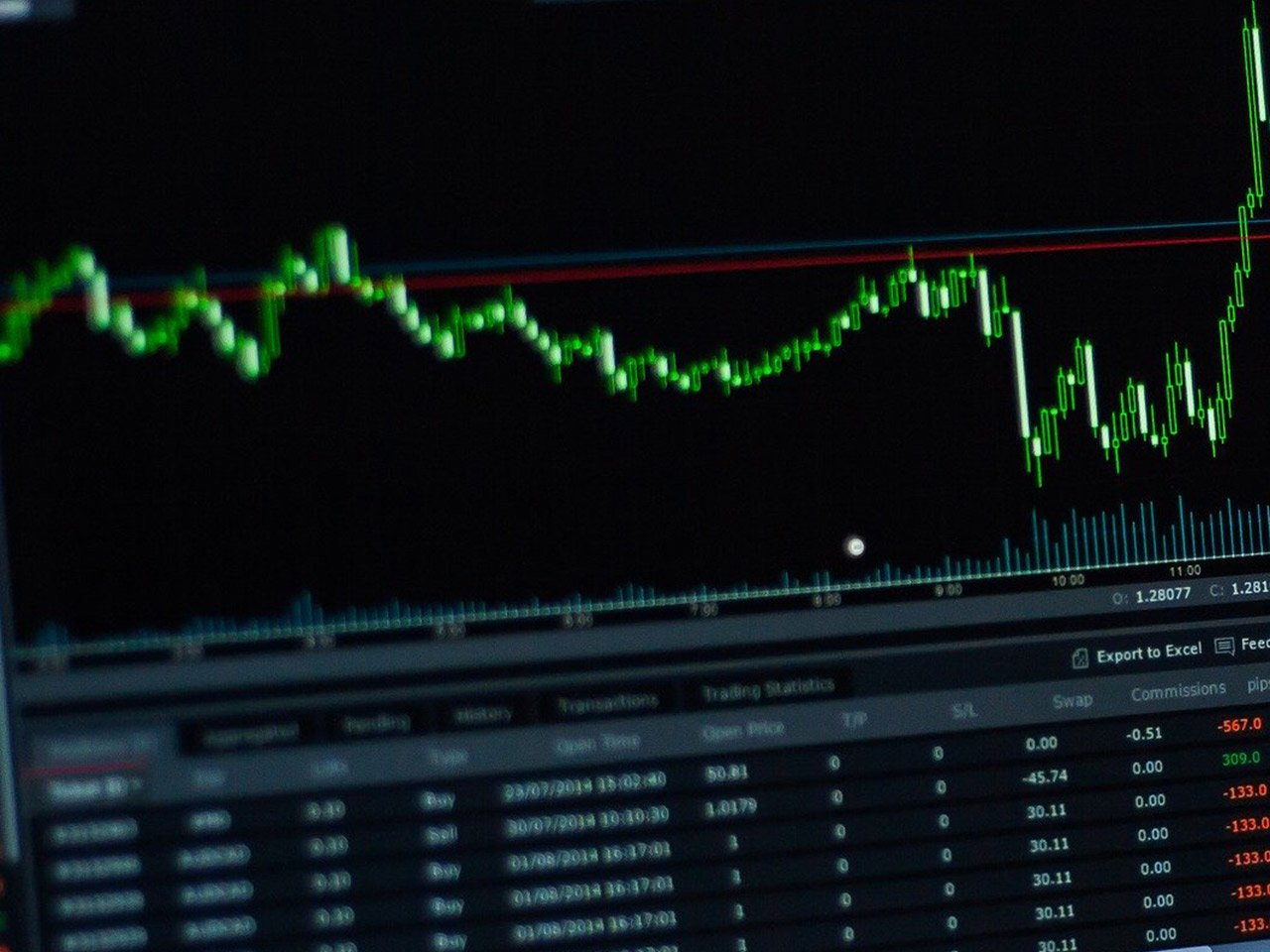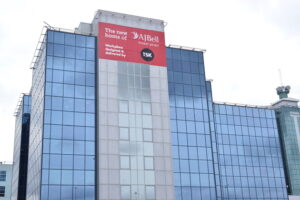Vistry Group PLC (VTY.L), a stalwart of the UK’s residential construction sector, presents a fascinating case study for investors intrigued by the intricacies of the consumer cyclical market. With a market capitalisation of approximately $2.03 billion, Vistry Group has established itself as a prominent player, providing housing solutions that cater to a wide demographic.
Founded in 1885 and headquartered in West Malling, Vistry Group, formerly known as Bovis Homes Group PLC until its name change in 2020, has been a significant contributor to the British housing landscape. The company’s focus on single-family housing models positions it well within the broader residential construction industry, which remains a cornerstone of the UK’s economic framework.
Currently trading at 624.7104 GBp, Vistry’s stock has experienced a slight dip of 0.03%, reflecting a price change of -16.09 GBp. This minor fluctuation could be indicative of broader market conditions, or specific challenges within the residential construction sector. The stock’s 52-week range, from a low of 510.80 GBp to a high of 1,430.00 GBp, highlights significant volatility, a factor that investors should consider when evaluating potential entry points.
Valuation metrics for Vistry Group reveal some intriguing insights. The absence of a trailing P/E ratio and a PEG ratio suggests that the company might be undergoing significant structural or financial changes. The forward P/E ratio stands at an unusual 845.93, which might imply expectations of substantial future earnings growth or, alternatively, market mispricing. Investors would be wise to analyse these figures in the context of broader economic forecasts and company-specific strategies.
From a performance standpoint, Vistry has achieved a modest revenue growth of 3.40%, with an EPS of 0.22. The return on equity is relatively low at 2.28%, suggesting that the company may not be optimally leveraging its equity base to generate profits. However, the free cash flow of £48.88 million indicates a healthy liquidity position, potentially allowing for reinvestment or debt reduction.
The company’s dividend yield remains non-existent, with a payout ratio of 0.00%. For income-focused investors, this might be a downside, yet it could also signal a focus on reinvestment and growth.
Analyst ratings present a mixed picture: 3 buy ratings, 9 hold ratings, and 4 sell ratings. The average target price of 621.27 GBp suggests a potential downside of -0.55%, aligning closely with the current trading price. This neutral outlook underscores the importance of strategic decision-making for prospective investors.
Technical indicators provide further insights. The 50-day moving average of 614.74 GBp and a significantly higher 200-day moving average of 735.94 GBp, combined with an RSI of 80.00, indicate that the stock might be overbought. The MACD and signal line are almost aligned at 9.00 and 9.28, respectively, suggesting limited momentum in either direction.
For investors, Vistry Group PLC represents both an opportunity and a challenge. The company’s long-standing presence and strategic positioning within the UK’s residential construction sector offer potential for growth, especially if economic conditions and housing demand remain favourable. However, the current market environment, characterised by macroeconomic uncertainties and sector-specific challenges, necessitates a cautious yet informed approach.
By closely monitoring financial metrics, market trends, and strategic developments, investors can better navigate the complexities of investing in Vistry Group PLC, making informed decisions that align with their risk tolerance and investment goals.










































